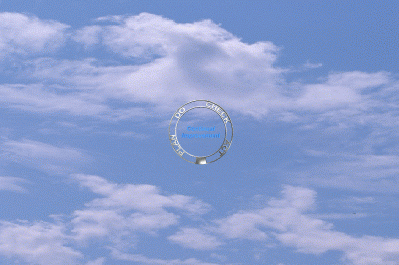 |
What is Hoshin Kanri?
Hoshin Planning:
Breakthrough Improvement From Vision-Driven Leadership
Hoshin Kanri & Deming's Plan-Do-Check-Act (PDCA) Cycle…

Hoshin Kanri can be thought of as the application of Deming's Plan-Do-Check-Act (PDCA) cycle to the management process. The PDCA cycle represents a generic approach to continual improvement of activities and processes. In fact, Total Quality Management (TQM) in it full application, includes Hoshin Planning as the means for implementing the BREAKTHROUGH innovations discussed above.
IN THE 'PLAN' STEP, a plan of action is developed to address a problem. Corresponding control points and control parameters are created. The plan is reviewed and agreed.
IN THE 'DO' STEP, the plan is implemented.
IN THE 'CHECK' STEP, information is collected on the control parameters. The actual results are compared to the expected results.
IN THE 'ACT' STEP, the results are analyzed. Causes of any differences between expected and actual results are identified, discussed and agreed. Corrective action is identified.The Plan-Do-Check-Act Cycle is a logical sequence for behavior. PDCA implies that once one cycle of the sequence is completed with the 'ACT' step (in which corrective action is identified), the 'PLAN' step (in which a plan to address how corrective action will be generated) of the next cycle should be started.
Initial Considerations…
The initial considerations in the Hoshin Kanri approach to business system change are as follows:
Measuring the business system as a whole
Setting core objectives of the business
Understanding the environmental situation in which the business operates
Defining processes that make up the system, and their activities, goals, and metrics
Providing resources to perform activities to achieve business objectives.
The Hoshin Kanri approach aims to ensure that insight and vision are not forgotten and ignored as soon as planning activities are over. It aims to guarantee that planning documents, once finalized, are kept alive and acted on daily, and not shelved as soon as they have been completed. It aims to prevent the daily quota of fire fighting, unplanned 'strategic' meetings, and quarterly bottom-line pressures taking precedence over the really strategic plans. In the Hoshin Kanri environment, short-term activities are determined and managed by the plans themselves. There is a continual process of checking to make sure that what is done each day reflects the intentions, the targets, and the vision the company has agreed to pursue. Both planning and deployment are critical features of Hoshin Kanri, hence the term policy deployment.
Hoshin Kanri provides an opportunity to continually improve performance by disseminating and deploying the vision, direction, targets, and plans of corporate management to top management and to all employees so that people at all job levels can continually act on the plans, and evaluate, study, and feed back results as a part of a continual improvement process.
The intention is that, in companies using Hoshin Kanri, everybody is aware of management's vision, departments don't compete against each other, projects run to successful conclusions, business is seen as a set of coordinated processes.
History of Hoshin Kanri...
ERP & Hoshin Kanri...
ERP Implementations…
Profit-Ability Improvement... (¬Click here to see definitions)
Profit-Ability Management Principles... (¬Click here to see definitions)
People, Empowerment & Profit-Ability… (¬Click here to access articles)
Hoshin Kanri & Deming's Plan-Do-Check-Act... (PDCA) Cycle…